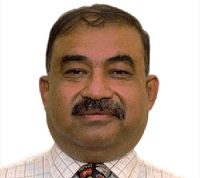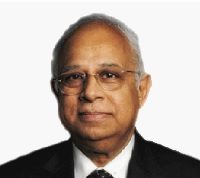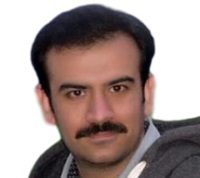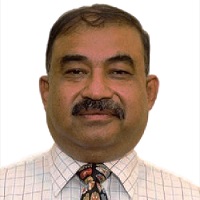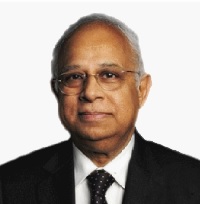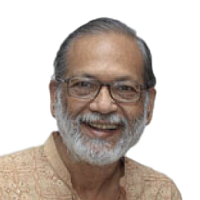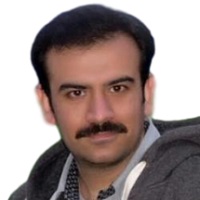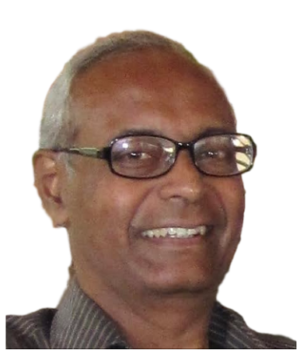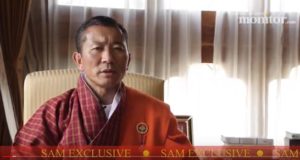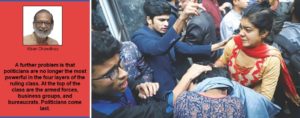 Bangladesh is a multi-party political system, but the ruling Awami League’s presence in parliament is so overwhelming that it is functioning without any real opposition.
Bangladesh is a multi-party political system, but the ruling Awami League’s presence in parliament is so overwhelming that it is functioning without any real opposition.
In the election of 2018, AL’swin was overwhelming. It doesn’t matter what somepeople think about the quality of the elections. What matters is the result, and that shows it is the AL all the way.
The AL is happy as it should be, but when only one party dominates so heavily, there are some problems that are specific to it. Its ‘popularity’ becomes an internal problem.
Read Also: In Bangladesh, the State has prevailed over Islamist extremism
This also means that it is a common sense decision for many to join the party, the only one that matters in town. Everyone wants to be a member. The recent incident around the formation of the students wing of the party, though by itself a minor issue, indicates what might follow. What we will see are political issues specific to one-party domination.
301 member committee not large enough?
Students League committee formation had been facing problems due to “inclusion–exclusion” issues for months before the membership was finally announced this week. However, the 301 member committee, which has the approval of Prime Minister Sheikh Hasina herself as the party chief, made the “left outs” feeling unhappy. The “left outs” then organized a protest which was disrupted by the “included”.
At some point there was a scuffle leaving 10 or 15 injured, all from the left-out group. Several were hospitalized. The conflict continued.
Meanwhile, the ever-present social media made the entire episode public providing entertainment and exposing conflicts within the committee. Anti AL elements naturally were keen to do this more than others. Some of the accusations by the left-outs were ugly and sexist.
Several student leaders said that some who were included in the committee were married, some in business, somedrug addicts and even drug traffickers. The photo of member Laboni, was splashed stating that she had lost her “Miss World Bangladesh” crown because she was married but was included in the committee! However, in all fairness, she is divorced and is now single.
The picture which went viral on social media was that of the bloodied face of Shraboni Shayla. Her face had gone viral a year back showing her beating up an anti-ruling party female activist. However, it’s possible that it is not she, but Shraboni Das, another party activist though Shayla was also hurt.
One party dominated multi-party system?
Meanwhile, the new committee has declared an enquiry which promised to submit a report within 48 hours. The excluded have also given an ultimatum that unless the problem is resolved, they will act.
Mohammad Hanif, acting General Secretary of the Awami League, has said that it is a trivial matter and will be resolved soon. This is of course true. However what is certain is the emergence of a new political structure, a single party domination of a multi-party system.
In 1975, the AL did change the constitution and establish one party rule but it didn’t last long as the President and founder of Bangladesh Sheikh MujiburRahman was killed and military rule was established. Since then, many episodes of civil and military rule have occurred. But one is not sure if political culture has matured.
Politicians at the bottom
A further problem is that politicians are no longer the most powerful in the four layers of the ruling class. At the top of the class are the armed forces, business groups, and bureaucrats. Politicians come last.
While some of these classes overlap, with many businessmen doubling up as politicians, many bureaucrats also working as politically-loyal civil servants, institutional dividers are there.
Read Also: Politics and old media looks lost in Bangladesh
Civil and military bureaucrats play the most critical role as managers while business groups are funders of the system. All are exclusive groups except that politicians have an endless supply of recruits.
The ruling class may not be very keen to expand the membership of the bottom layer. A section of activist students will of course become civil servants but many will have to stick to politics for lack of other avenues. And that means being a politician is to compete with the rest of the millions of aspiring AL members making it the least exclusive section of the ruling class.
Problems for politicians in the ruling class
Political survival requires skills which the current PM has. She has operated and succeeded in adversity. But not many of the new lot have such talent.
The young cadres fighting in the campus over who got in and who was left out, have little or no political experience. The campuses have only one kind of activism, so they learn less but expect more. Hence, the stake in being included in the committee is high.
As the one party-dominated multi-party system grows, so will cadres wanting to join ‘the’ party. Giving space to so many, including everyone in the seats of power, ensures inner party stability and keeps everyone satisfied. But it is easier said than done.
Ensuring fully beneficial membership of the ruling class will mean greater internal competition. The students committee is an early signal of things to come.


